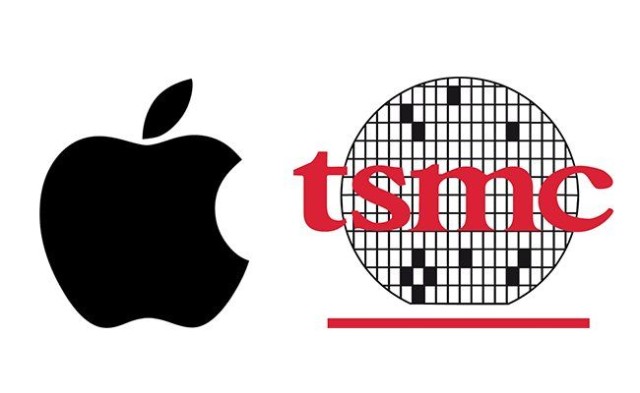It's widely expected that this year's iPhones will be powered by the A13 chip, and according to reports from DigiTimes, the A13 chip...
It's widely expected that this year's iPhones will be powered by the A13 chip, and according to reports from DigiTimes, the A13 chip will continue to use the 7-nanometer process, the same as last year's A12 Bionic chip. Today, the Taiwanese media confirmed that the A14 chip on the 2020 iPhones will adopt a more advanced 5-nanometer process:

This year's A13 will utilize the so-called EUV technology for a a more microscopic chip layering process in addition to the 7-nanometer process. Extreme Ultraviolet Lithography, often referred to as EUV lithography, uses lithography with a wavelength of 10-14 nm of extreme ultraviolet light as the light source. Specifically, a soft x-ray having a wavelength of 13.4 nm is used. Extreme ultraviolet light means that the K pole of the ultraviolet tube needs to be energized by energization and then emits ultraviolet light.
Image Via Cult of Mac

TSMC is expected to secure the first 5nm chip orders from Apple for the 2020 iPhones, the sources continued.The A14 processors will remain to be supplied by TSMC. Though manufacturing processes are not directly linked to performance, the small gap between transistors usually means more transistors in the same surface area for better energy efficiency and smaller size. Last year's A12 was the world's first 7-nanometer process chip, and there are really few manufacturers that can ship 7-nanometer chips on a large scale.
This year's A13 will utilize the so-called EUV technology for a a more microscopic chip layering process in addition to the 7-nanometer process. Extreme Ultraviolet Lithography, often referred to as EUV lithography, uses lithography with a wavelength of 10-14 nm of extreme ultraviolet light as the light source. Specifically, a soft x-ray having a wavelength of 13.4 nm is used. Extreme ultraviolet light means that the K pole of the ultraviolet tube needs to be energized by energization and then emits ultraviolet light.
Image Via Cult of Mac








